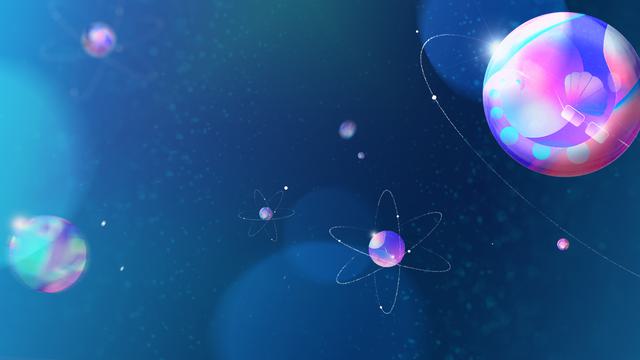When I was 10 I asked my Mum why business people looked dead behind the eyes.
Fast forward 20 years and I was the one with dead eyes. That glazed, vacant look people get when they've been drained of humanity.

What’s an atomic story?
An atomic story will not necessarily reveal the bigger picture, but you’ll be moved by it more than any explainer documentary or science lesson ever could.
Atomic stories evoke empathy - an emotion that’s thought to be unique to humans. It’s empathy that enables us to imagine a different reality to our own. Which is a prerequisite to help us change from a destructive behaviour to a sustainable one.
Over the years there have been many fantastic factual documentaries that do a great job of explaining the science of big environmental issues. In getting our heads around the facts, they help us to understand the causes and impacts. But do they move us to take action? To a limited extent yes, but nowhere near the speed and scale we need to avert the worst impacts of the climate and biodiversity crises.
What’s not working?
So why don't these science-heavy documentaries move us? Ask yourself this: who can you empathise with in the story? The eminent scientist you see for 30 seconds? An omnipresent voice over? The crumbling glacier crashing into the water at a latitude you’ll never venture to? Is it any wonder that the last 10 Oscar winning documentaries have been about a single person or a small group of people and their stories?
Making a documentary that explains the climate crisis is like trying to paint the walls of the sistine chapel in 90 minutes. While incredible in ambition, the brushstrokes will be slapdash and the resultant picture too overwhelming to take in - making it hard for the audience to distinguish the wood from the trees or, more aptly, the angels from the demons.

Why atomic stories work
Because of its focus on one small event or person, an atomic story mirrors how we experience the world as humans - how we feel our way through a myriad of events and episodes which eventually form our unique world view. Rather than the walls of the sistine chapel, imagine an atomic story like a tile in a patchwork quilt - a vivid vignette that takes root in our minds and ultimately influences our decisions.
15 years ago I wrote my thesis on the cinematic communication of climate change. I wanted to figure out how the science could be best explained to help people understand environmental issues, and ultimately to change behaviours. And I’ve since dedicated my professional life to that endeavour through my work at Nice and Serious. But during that time I’ve come to realise that helping people to comprehend an issue will only go so far, we need to make them feel it to galvanise a response. I would argue that when it comes to changing behaviours, empathy eats understanding for breakfast.
It’s why I’ve recently joined the Resilient Foundation as Chair of Trustees. Resilient’s aim is to unearth the untold. We will find and fund stories about the most critical issues of our time. And through a partnership with Waterbear Network (run by the people behind My Octopus Teacher), we will distribute these stories to millions of viewers around the world for free. Not only that, but by using Waterbear’s platform, each story will be linked to a nonprofit partner - making inspired viewers just one click away from taking action.
As Attenborough said in his inaugural Instagram post back in September, “Saving our planet is now a communications challenge”. As we enter this decisive decade, we need to broaden our approach to storytelling beyond simply explaining the issue. The success of My Octopus Teacher and the movement it has created demonstrates the power of more emotive stories. But no matter how powerful, a single story will not bring about the scale of change we need. Instead we need to start telling thousands of highly-charged atomic stories - creating a technicolour patchwork in our minds that depicts the world we want to see.
